Succulents are easily-maintained plants that enhance the look of your home! But what are the best succulents to grow at home?
Succulents are plants that are now becoming very popular. Different types of succulents can be easily grown with low care and are good for maintaining a peaceful atmosphere at home.
These plants have fleshy leaves that store water in them. They can survive with less water. Succulents can be grown at warm temperatures and in a dry environment since their leaves can store water in their tissues.
Today, we are going to discuss the 15 best indoor succulents, their growth tips, and care tips so that you can grow at home wherever you have a sunny spot somewhere in the corner!
BEST INDOOR SUCCULENT PLANTS
1. BURROS’ TAIL SUCCULENT PLANT

This type of plant is one of the most popular succulents available. It has grey-green leaves with long stems that drape the pot. Burros’ tail looks better if you place it on a plant stand or hang it on your balcony. It is a native of Mexico. Its botanical name is Sedum morganianum.
- WATER: Low-watering.
- SOIL: Sandy and well-draining.
- SUNLIGHT: Bright indirect sunlight.
Growing Burro’s Tail indoors
Growing this succulent indoors is very easy as it is a low-maintenance plant.
- Propagation: It can be propagated by both stem cutting and leaf cutting.
- Cutting: Cut the stem or leaf and leave it for 2-3 days to get healed from calluses.
- Potting: Use well-drained soil for this succulence and place the cut leaves in the upper layer of the soil. If you use the stem-cut process then the pot must be half-filled with the soil. Place the stem and then add sufficient soil to the pot.
Care tips for Burro’s tail
- It should be placed in a sunlit area.
- Well-drained soil should be used for this succulent.
- It needs water but irregularly.
- Do not touch this plant too much since the upper layer of the plant is sensitive.
2. HENS AND CHICKS SUCCULENT PLANT
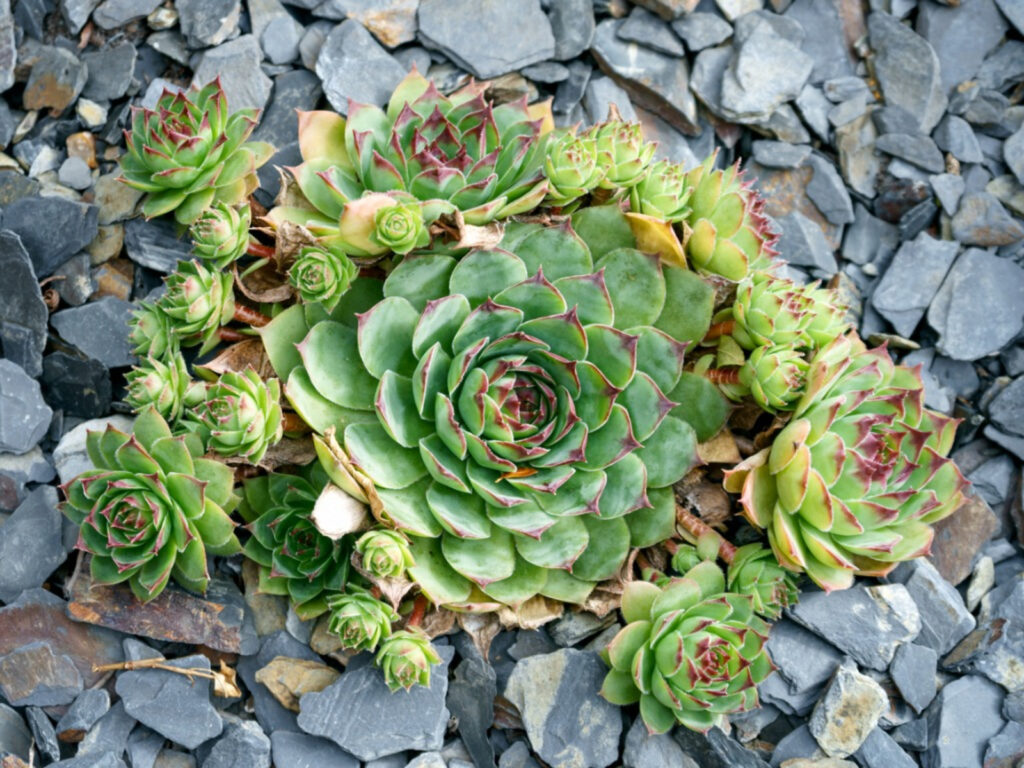
Hens and chicks are also famous indoor succulent plants that produce flower-like rosettes. These are flexible and strong and can survive in any conditions. But make sure that the soil is dry before watering.
There are two types of Hens and Chicks with the same features but with different leaf shapes. The botanical names of the two types are Echeveria elegans (leaves with rounded edges) and Sempervivum tectorum (leaves are pointed).
- WATER: Light watering.
- SOIL: Well-draining.
- SUNLIGHT: Needs more sunlight.
Growing Hens and Chicks indoors
Like other indoor succulents, growing them is easy. But the interesting thing about these plants is that they can self-propagate.
These are low-growing perennials and can be found at many nurseries.
Care tips for Hens and Chicks
- These succulents need full sunlight.
- Sandy, well-drained soil should be used for this succulent
- They need very little water.
3. CHRISTMAS CACTUS PLANT
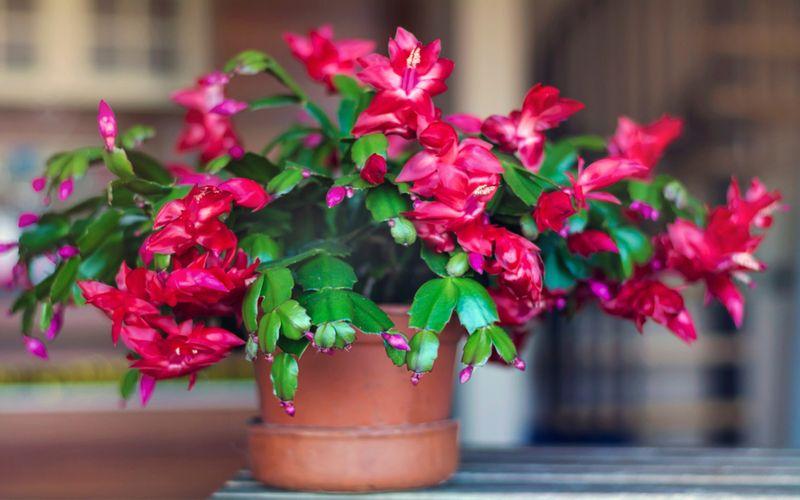
Christmas Cactus are beautiful succulents with colorful flowers. They enjoy winter and bloom during the Christmas months. The soil in the upper layer of its pot must be wet.
Do not forget to water it, since the plant may become dry. The leaves of the plant are flat and do not have sharp spines like other cacti. Their botanical name is Schlumbergera x buckleyi.
- WATER: Light watering.
- SOIL: Well-draining.
- SUNLIGHT: Light sunlight.
Growing Christmas Cactus
It is not as easy to grow as the other succulents. It needs a little effort to maintain this plant and keep it healthy.
- Propagation: Use two to three stems cuts propagation. Let the stem cuts heal in a dry and cool place. You can propagate the stem cuts in water and soil.
- Propagation in water: Put the stems in a jar that contains some gravel in the bottom. Make sure that the jar is half-filled with water. It needs a tall jar.
- Propagation in soil: Half fill the pot with well-drained soil and place the stems in the pot then fill the pot with sufficient soil. Make sure that the pot has a good drainage system.
Care tips for Christmas cactus
- It needs direct, but moderate sunlight.
- Water this succulent regularly. Always mist the plant.
- Use better quality soil for this succulent.
4. ALOE VERA SUCCULENT PLANT
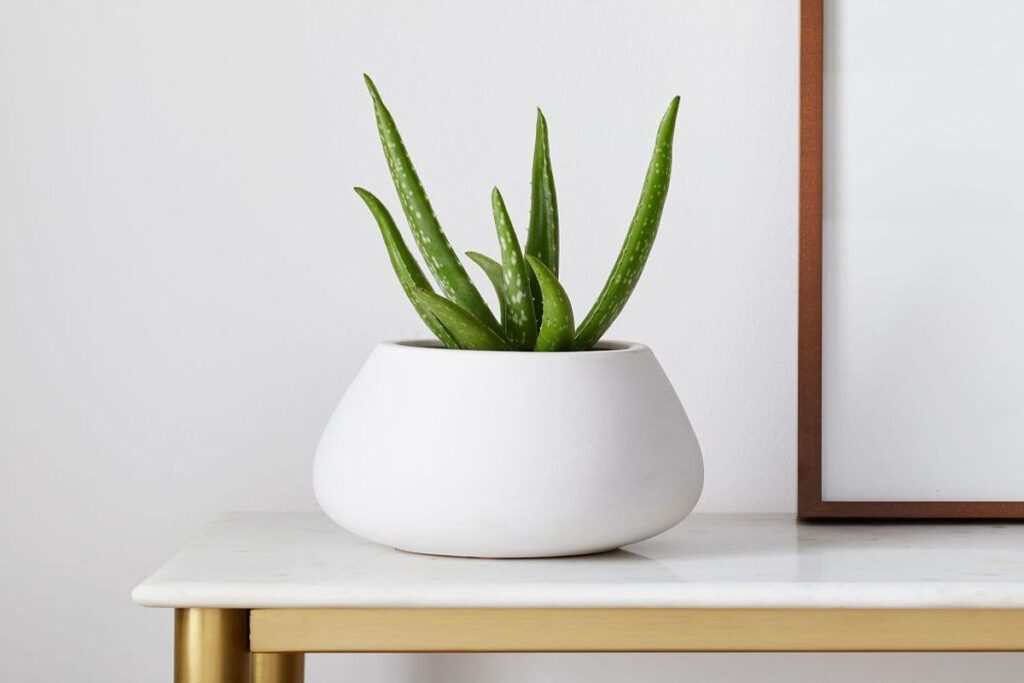
These are the natives of tropical regions. This type of plant is a low-care plant with sharp edges and also can grow under any circumstances. It is used in medicines and also in cosmetics. This succulent blooms in spring, summer, and fall.
- WATER: Moderate watering.
- SOIL: Well-draining.
- SUNLIGHT: Can survive in full sunlight.
Growing Aloe vera indoors
- Propagation: It can be propagated by cutting leaves.
- Cutting: Cut the leaves of the succulents and allow them to dry.
- Potting: Fill the pot with drained soil and place the leaf cuts in the soil.
- You can also propagate this succulent in water, take a small plant with the roots and place it in a bowl.
Care tips for Aloe vera
- It needs 6 hours of sunlight.
- It can survive with less water but water it regularly in summer.
- Use well-drained soil for this succulent.
5. ECHEVERIA SUCCULENT PLANT
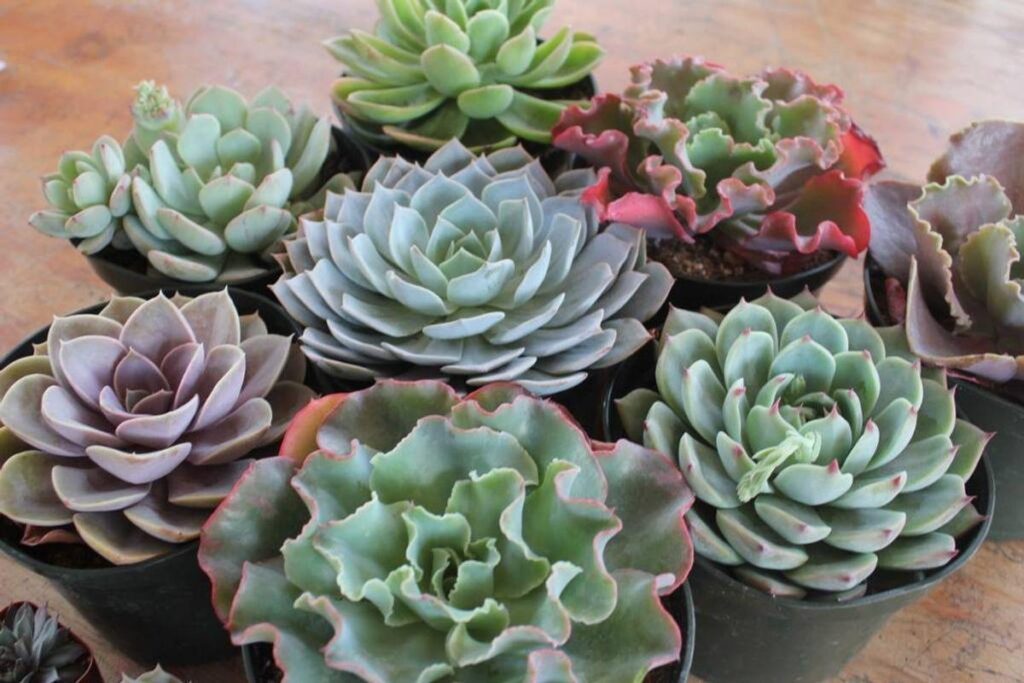
Echeverias is a beautiful indoor succulent that produces pink, orange, and yellow flowers. This plant generally has a rosette shape and it is a bit difficult to maintain the shape. You need to observe it and take required action whenever it is needed.
- WATER: Once a week.
- SOIL: Well-drained or cactus mix.
- SUNLIGHT: Bright indirect sunlight.
Growing Echeveria indoors
- Propagation with off-sets: These succulents produce offsets that can be removed and can be placed in soil to produce a new plant.
- Propagation with leaves: these can also be propagated through leaf cuts.
- Cutting: Cut the leaves from the mother plant to propagate.
- Potting: Fill the pot with soil and place the leaves in the soil.
Care tips for Echeveria
- It needs full sunlight.
- Use well-drained soil for this succulent.
- Water-sensitive plants like Echeveria need less water. It should be watered only if the soil is dry.
- Use a terracotta pot for this plant.
6. STRING OF PEARLS SUCCULENT PLANT
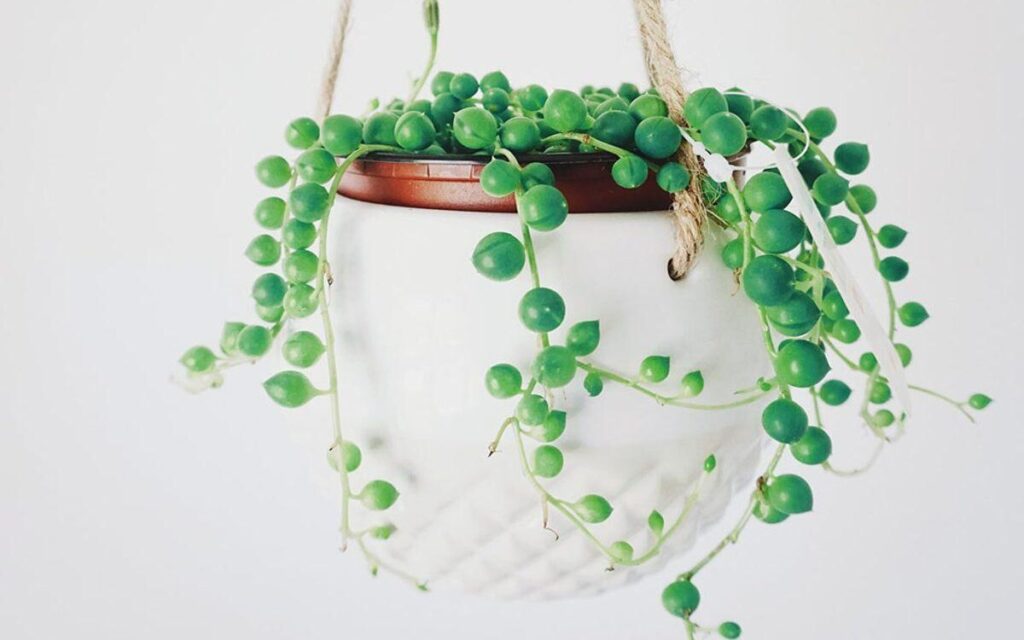
Its leaves are pea-shaped, which makes the plant eye-catching. This plant will flower if it is properly cared for. Also, it can be hung to the ceiling on the balcony or it can be placed on the table in the corner of the room.
- WATER: Once in 2 weeks.
- SOIL: Well-draining.
- SUNLIGHT: Combination of direct and indirect sunlight.
Growing String of pearls indoors
- Propagation: These succulents can be propagated by stem cuttings and also by offsets. They can be propagated in the soil as well as in water.
- Propagation in soil: The stem cuts or the offsets should be placed in well-drained soil.
- Propagation in water: the stem cuts should be placed in a bowl of water.
Care tips for String of pearls
- Give your plant a mixture of direct and indirect sunlight.
- Use quality soil for this plant growth.
- They need less water.
- If growing in water then change the water every 2 days.
7. SNAKE PLANT
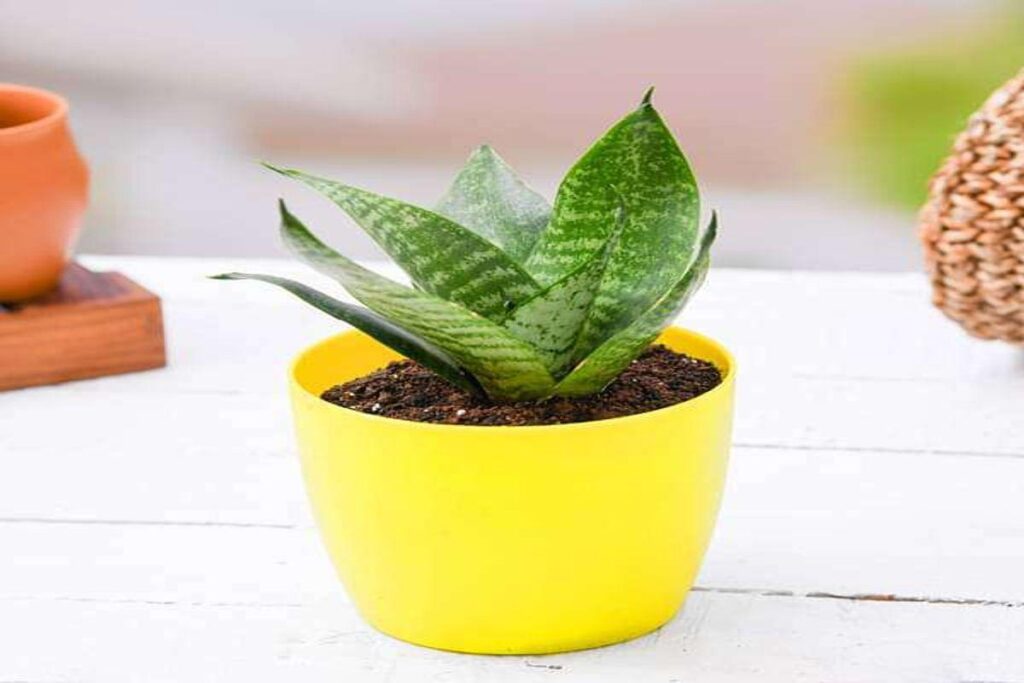
A low-care plant with beautiful, tall leaves. This plant can be placed on the dark side of your room. It needs moderate watering and can survive without water for a few days. They have some patterns on their thick and stiff leaves that seem like a snake.
- WATER: Needs less water.
- SOIL: Well-drained.
- SUNLIGHT: low light required.
Growing snake plants indoors
- Propagation: It can be propagated in water and also in soil.
- Cutting: Leaves are cut to propagate the succulent.
- In water propagation, observe the rooting of the plant and replace it in a pot of soil.
Care tips for snake plants
- It can survive without sunlight and water for a few weeks.
- Light sunlight is needed for better growth.
- Touch the soil, if it is dry then water it. Overwatering can lead to damage.
- Make sure that the pot has a good drainage system.
8. ZEBRA CACTUS PLANT
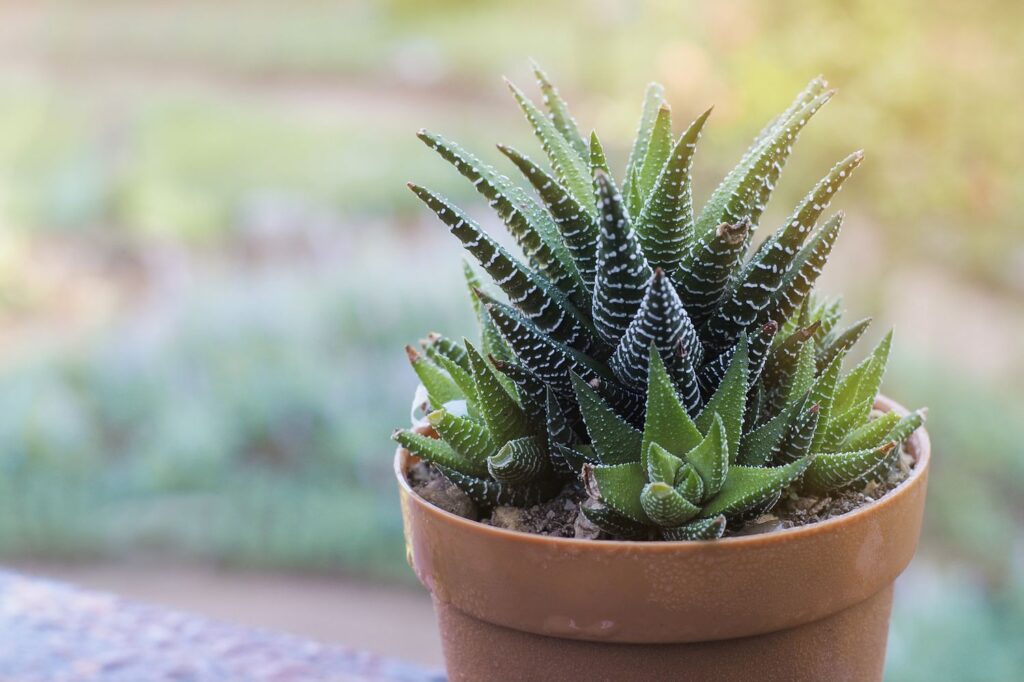
The botanical name of this plant is Haworthia fasciata. It belongs to the African continent. It takes up a little space but grows bushy. It needs sunlight for its growth. Do not water the plant frequently in winters.
- WATER: Less water is required.
- SOIL: Well-drained and sandy
- SUNLIGHT: Bright indirect sunlight.
Growing Zebra Cactus indoor
- Propagation: It is very easy to propagate the zebra cactus. It can be done with leaf cuts, offsets, or offshoots.
- Cutting: cut the leaves of the mother plant or remove the offsets or offshoots and place them in the soil mix.
Care tips for the Zebra cactus
- Needs 6-8 hours of moderate sunlight.
- Use a succulent-suitable soil mix for plant growth.
- Water it more but irregularly.
- Can also be placed in water. But change the water once every 2 days.
9. LITHOPS SUCCULENT PLANT
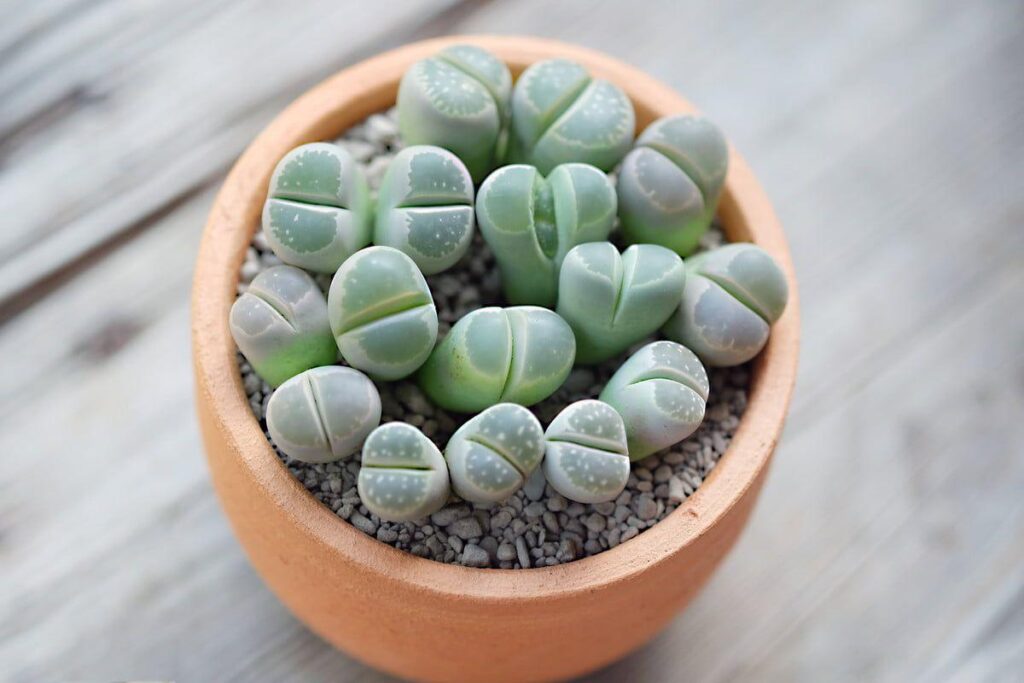
These are the tiny plants that look like pebbles. These types of plants drag our attention as the leaves have tiny patterns on them. They enjoy the sunlight. Don’t water them in winters as these plants want a dry condition to live in.
- WATER: Very low water requirements.
- SOIL: Dry and rocky soil.
- SUNLIGHT: Needs sunlight.
Growing Lithops indoors
Lithops can be easily found in nurseries. You can propagate it by taking off the small plant and placing it in another pot.
Caring tips for Lithops
- It can receive up to 3- 4 hours of sunlight daily.
- It should be water only 3-4 times a year.
- It can grow in rocks. Dry soil is suitable for this succulent.
- The wide-mouthed container should be used for potting.
10. PONYTAIL PALM SUCCULENT PLANT
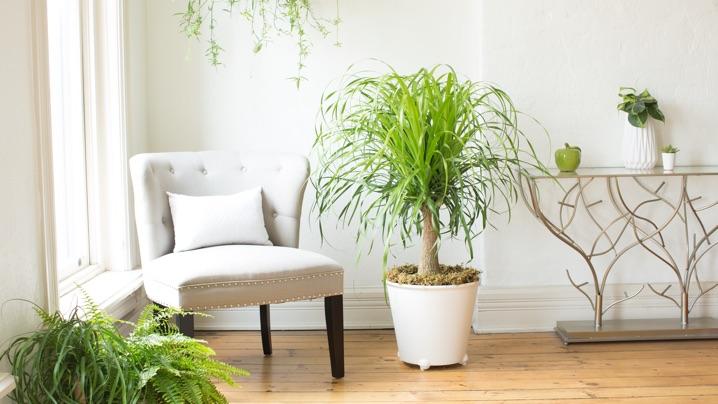
The Ponytail palm is also called the Elephant foot palm as its stem absorbs the water and looks like an elephant foot. It is not a palm, but a succulent. It is popular and can be seen in every plant lover’s house. Do not water it regularly. The top layer of the soil should be dry before watering. Its botanical name is Beaucarnea recurvata.
- WATER: Irregular watering.
- SOIL: Well-draining.
- SUNLIGHT: Bright indirect sunlight.
Growing Ponytail plant indoors
Growing this plant is very easy, but propagating it is a bit difficult. Unpot the mother plant and divide the shoots of the plant and then report it carefully. It is better to buy a new one if you are a beginner.
Care tips for ponytail plant
- Bright indirect sunlight is required for the plant.
- Repot the plant every 2 years.
- Water it moderately.
- Use a cactus mix for planting.
11. JADE PLANT
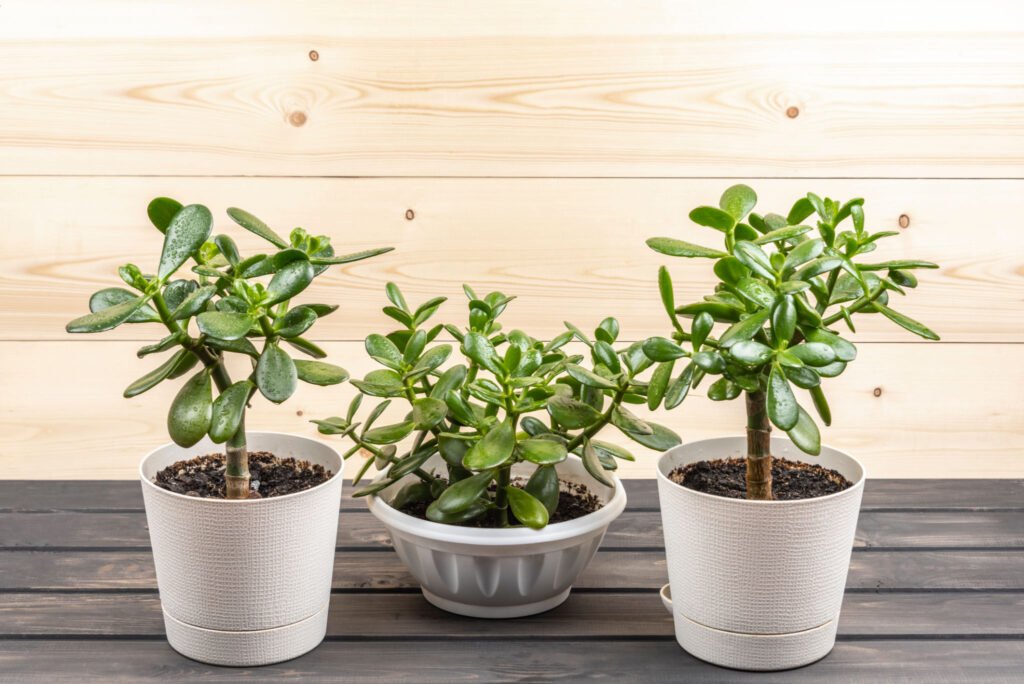
Its botanical name is Crassula ovata. It is a succulent indoor plant. It is a low-care plant, and we enjoy growing this succulent indoors. They even look beautiful with tiny leaves. Like any other succulent, it needs less water to grow. Do not water this succulent more often, it may cause root rot.
- WATER: Less water required.
- SOIL: Well-drained.
- SUNLIGHT: Needs bright sunlight
Growing Jade plant indoors
- Propagation with stem: We can propagate the succulent by cutting the stem and removing the lower leaves and potting it in the soil.
- Propagating with leaves: To propagate it with leaves cut the leaves and put them in soil.
- Propagating in water: cut the stem and place it in a jar of water and observe the root growth.
Care tips for Jade plant
- Place it in bright and indirect sunlight.
- Soil should be well-draining.
- The pot should be a terracotta product.
- Water only if the soil is dry.
12. MOON CACTUS PLANT
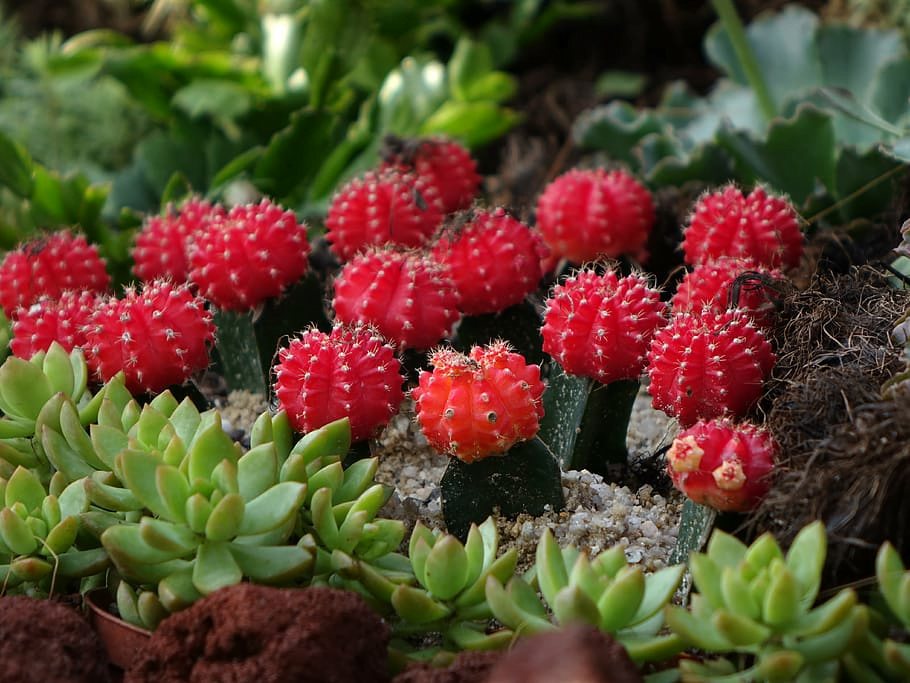
Moon cactus is a famous indoor succulent that every plant lover has. This type of plant is a hybrid of two cacti. It is an eye-catchy indoor plant usually in red, orange, or yellow color. Its botanical name is Gymnocalycium mihanovichii.
- WATER: Light watering.
- SOIL: Well-draining.
- SUNLIGHT: Bright indirect
Growing Moon cactus indoors
This plant can be easily grown, as it is a low-care succulent. Propagate through removing the offsets and dividing the roots.
Care tips for moon cactus
- Balance the shade and light for this succulent.
- Moderate watering is required for this plant.
- Water only if the soil is dry.
- Use quality soil for this plant.
13. NIGHT-BLOOMING CEREUS SUCCULENT PLANT
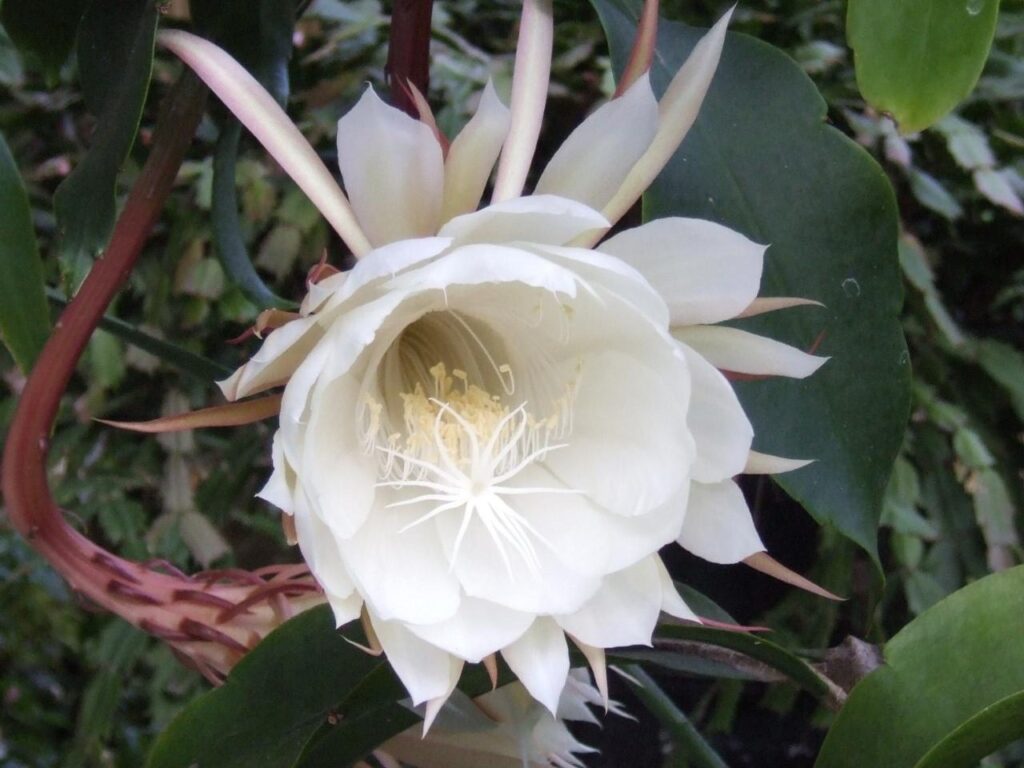
These are well-known for night-blooming and the white elegant flowers make the plant eye-catching. Some species of these succulents produce edible fruits. The flowers of these succulents are short-lived. Some of these species flower only once a year. Mostly, the flowers of the succulents are white-colored, while some are pale shades of various colors.
- WATER: Regular and moderate watering.
- SOIL: Cactus mix
- SUNLIGHT: Bright indirect sunlight.
Growing Night-blooming cereus
- Propagation: It can be propagated through its cereus.
- Cutting: cut the cereus into parts and place them in the soil.
- Potting: Use a well-drained pot and fill it with the cactus mix
Care tips for Night-blooming cereus
- This succulent enjoys bright, but indirect sunlight.
- Soil should be allowed to dry between waterings.
- Water moderately.
- Use soilless container mix or a cactus mix for this succulent.
- Use water-soluble plant food for fertilizing this plant.
14. BUNNY EARS CACTUS PLANT
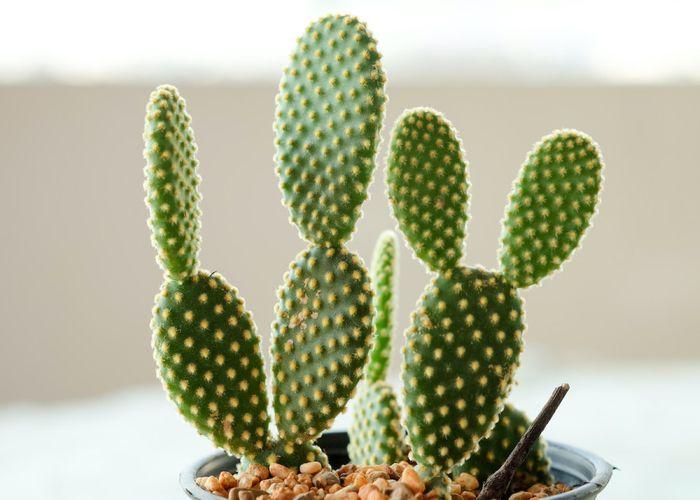
This is a very popular plant and its botanical name is Opuntia microdasys. Also, it is called Angel’s wings or Polka-dot cactus. It looks beautiful with round leaves which look like bunny ears. This type of plant belongs to the family of the pear cactus of the southwest.
- WATER: Regular watering in the beginning and reduce watering in winter.
- SOIL: Well-draining and sandy.
- SUNLIGHT: Needs moderate sunlight.
Growing Bunny ears cactus indoor
- Propagation: propagation can be done through the matured pads of the mother succulents.
- Cutting: cut the well-grown pads and allow them to heal.
- Potting: place the cuttings in the soil.
- Water it and place it in the sunlight area
Care tips for bunny ears cactus
- Direct sunlight is needed for this succulent’s growth.
- Water it when the soil dries completely.
- Soil should be sandy.
- Use only terracotta pots.
- Repot it once every 2 years.
- Rescue the plant from pests by handling it with a cotton cloth and rubbing alcohol.
15. STAR CACTUS PLANT

The botanical name of this succulent is Astrophytum asteria. This plant is also called the Sand dollar cactus as it looks like both a sand dollar and a star. It looks better if it is placed on a show-case, but make sure that it gets bright sunlight.
- WATER: Irregular, only when it becomes dry.
- SOIL: Well-drained.
- SUNLIGHT: Bright direct sunlight
Growing Star cactus indoor
- Propagation: It can be propagated by stem cuts.
- Cutting: Cut the stems of the mother plant and allow them to dry for days.
- Potting: Place the cuttings in the soil
Care tips for Star cactus
- Direct sunlight is required for the plant’s growth.
- Water the plant only once a month to avoid root rot.
- Use cactus mix for potting.
- Use a clay pot.
CONCLUSION
All the above indoor succulent plants give a good look to your house. They spread positive vibes in your home. Also, they improve the quality of air in your home. You will experience the joy of growing them. But, remember it is a bit tricky to grow them indoors. They need your attention, love, and care. Avoid the pests from damaging your indoor succulent. Know what your plant needs and always remember to care for your succulents. Thus make your indoor garden beautiful.
We hope our article provides you with all the information you need to know about succulent plants. If you like this article, please comment down below, and don’t forget to share this article with your friends and family!
Related Articles
- 15 Best Plants for Front Door Entrance India | Auspicious plants for front door
- 10+ Money plant Benefits That Will Make you Keep It In Your House
- Are Spider Plants Toxic to Cats?- 4 Ways To Prevent Your Cats From Eating Spider Plants.
- Best Plants for the House – 8 Top Apartment Plants That You Can’t Miss
- How to Braid Your Snake Plant: Tips and Care Guide
- 20+ Rare and Unusual Peace Lily Varieties You’ll Love




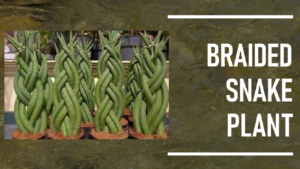

Hi Nice Work done